A valuable fruit crop is Japanese quince. This is a representative of the Rosaceae family. More famous representatives are apple trees, pears. Quince is widely used in the preparation of delicious dishes and preserves, and is a prophylactic against some diseases. It has a healing effect on the gastrointestinal tract, liver, and skin.
Recently, it is becoming more popular. In household plots, you can find it quite often. In order for her to grow up healthy and enjoy a good harvest, certain care rules must be observed.
Content
Variety Features
Japanese quince is an ancient plant variety. His age is about 4,000 years. She began her journey through the land from Central Asia and the Caucasus, but she was considered cultural only on Greek territory. Currently, it is spread throughout Russia, but the most favorable places for it are the southern regions of the country.
For a cold climate, certain varieties that are immune to frost and cold weather are bred.
The fruit of Japanese quince is visually similar to a pear, but the peel is covered with a small and soft fluff. The manifestation of small red spots is also acceptable. The Japanese girl begins to pick up color during the May holidays, and the fruit ripens at the end of September. Jams, candied fruits, marmalade are prepared from it.
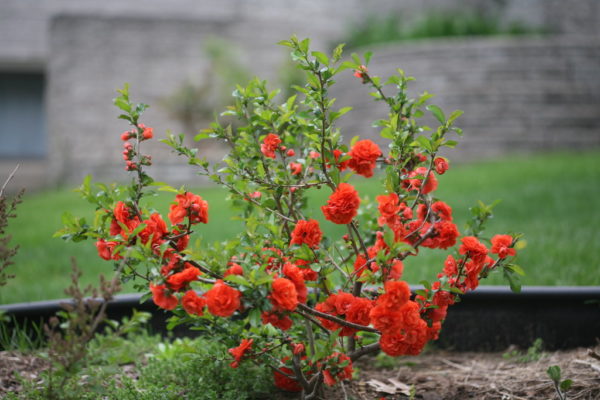
The fruits contain:
- potassium;
- calcium;
- phosphorus;
- iron;
- sodium;
- magnesium and many other elements.
In height can reach five meters. Care, pruning and yield directly depend on the age and type of tree. Basically, Japanese quince bears fruit for about 35–40 years.
Quince planting in the fall
To plant Japanese quince in autumn, you need to purchase a seedling 12 months old. The roots of the tree should be closed. In the case of planting older seedlings, it is worth paying attention, also to its root system. It should be open type. This is necessary in order to detect the disease and pests during the time. She has a massive root system - this should be taken into account when landing it on the site. It is planted at a distance of at least five meters from other shrubs, trees and farm buildings.
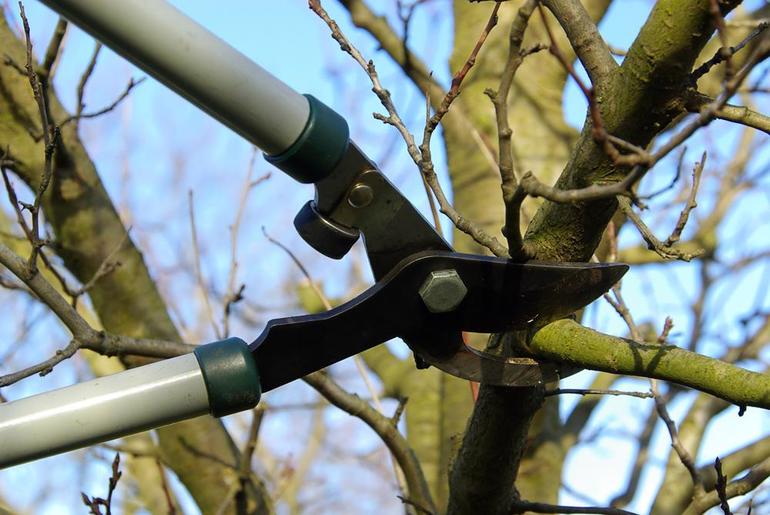 You may be interested in:
You may be interested in:It grows on fertile, loose and light soils. The acidity level should be neutral. This is a plant that loves sunlight, that is, it needs to be planted in the brightest and sunniest place on the site. When choosing a landing site, it is worth considering that quince does not like drafts and cold winds.
A place for planting Japanese quinces is being prepared in the spring months. It all starts with the fact that fertilizers and nutrients are applied to the soil. Calculation (per square meter): 50 grams of superphosphate and 20 grams of potassium salt. After you need to dig and pour.
14 days before the landing, it is necessary to dig a hole with a depth of 0.5 meters and a radius of 25–45 cm.The width of the hole will be the same as the quince root system has. Before landing in the hole pour:
- clay;
- nutrient mixture from garden soil;
- superphosphate 150 grams;
- ash of a tree of 50 grams.
Then drive a stake, which will ensure the stability of the barrel. The root system is carefully laid on top of the substrate prepared in the hole. After everything is covered with soil and trampled. After planting, the tree is watered. One seedling requires a pair of buckets of water. Now they make a quince garter for the trunk to the stake, which was originally dug up. In order to keep the soil moisture as long as possible, the ground is sprinkled with peat or humus.
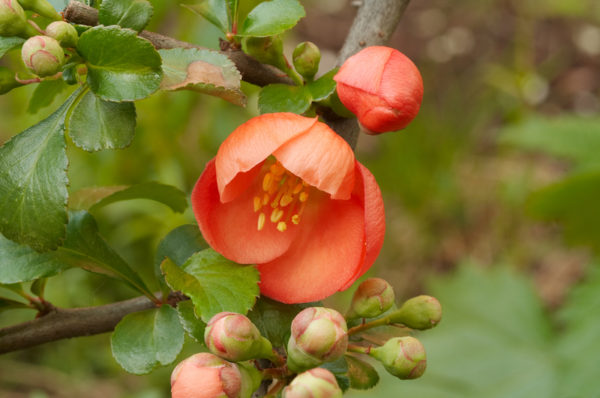
Growing rules and care
So that your efforts in growing quince are not in vain, and the harvest is pleasing every year, it’s worth observing a few simple rules for caring for a tree:
- The site where they plant Japanese, should be well lit, as this is a photophilous plant.
- The soil should be light, sandy, loamy or podzolic wood. Acidity below pH5.
- The place of planting seedlings is chosen on the southern side of the site.
- Drafts and severe frosts are absent.
- In cold regions, Japanese quinces are sheltered for wintering. To do this, the soil around the trunk is covered with fallen leaves, paws of fir trees or sawdust. The crown is covered with cardboard or wooden shields. Also an excellent option for protection from the cold is to fill the trunk with snow.
- If the summer turned out to be dry and not rainy, then watering is carried out at least six times per season. The first watering takes place before the tree begins to bloom. Second, after this process. The third - after the flowers completely fall off. The fourth is carried out when the shoots grow actively. Fifth watering - 21 days after the last. And finally, the last watering is carried out when the period of ripening of the fruit begins.
Quince dressing
It is necessary to feed the tree throughout the growing season.
- Spring. Mineral and organic fertilizers are added to the soil.
- Summer. Top dressing is carried out with nitrogen-containing, phosphorus and potash fertilizers. Thanks to them, the yield increases.
- Autumn. Apply mineral and organic fertilizers. They help quince prepare for winter.
Quince Growth Features
Japanese quince is characterized by the appearance of many shoots (length more than 1 meter). Such active growth occurs in the early years of a tree. Their growth becomes slower during fruiting. The places where the ovaries form may vary. This is influenced by the type of tree.
Fruiting on young trees and undersized varieties occurs at long annual growths. The remaining representatives bear fruit on the branches. Such branches grow not a single year and are generative. Harvest on them can be harvested for five to ten years. The main branches are evenly distributed along the trunk, sunlight should freely penetrate the entire crown.
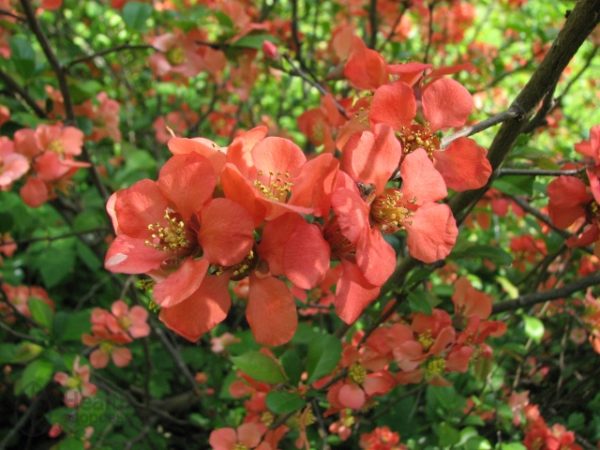 Pruning fruit trees
Pruning fruit trees
Japanese quince is not only decorative, but also a fruiting tree. In order for fruiting to be stable, it should be thinned out and extra branches removed.
The main branches of the fruit tree are not cut down, but only the tops are cut. This procedure is carried out only with those branches that have grown by more than meters. Such pruning has a positive effect on the stimulation of fruiting of the entire branch, and new buds begin to wake up at the base. Completely remove new branches that fill the crown.
On branches that are overgrown with adjustment, carry out in a special way. From some shoots, pieces are cut to 4-5 buds, while others are left alone. This is due to the fact that untouched branches are responsible for the fruiting of the whole tree, and pruned branches are responsible for the production of generative buds. This is how regular fruiting occurs.
If the new shoot is located in a good place, then you can not delete it. When pruning, it immediately gets the status - “generative branch”.
If the tree has not been pruned for a long period of time, then it is first thinned out, and only after that the main branches are shortened.
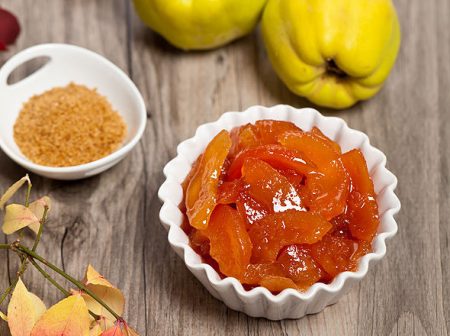 You may be interested in:
You may be interested in:Why prune fruit trees
The trees on which the fruits grow begin to bear fruit much more efficiently, but only if you cut off unnecessary branches. Tree pruning affects the following:
- Growth is getting slower.
- The growth of the generative branch is stimulated.
- There are more fruits.
- The life cycle of a tree increases.
- Prevention and treatment of many diseases, as well as additional protection against harmful insects.
Timing for trimming
Japanese quince has a short recovery period. In the spring months, she wakes up asleep buds located on the root system. This is the future new crown of the tree.
- Pruning in the spring. It is the perfect time for this procedure. It is best done in the last week of March and the first of April. More recent periods are fraught with the death of the tree, since the juice inside it begins to move actively, so the shoots heal slowly.
- Autumn pruning. Carried out after falling off all the leaves. It has sanitary properties. Only those branches on which there are injuries or diseases are cut.
- In winter, pruning is contraindicated, as the branches become fragile.
Fruit tree pruning goals
The season in which the quince branches are pruned affects its purpose. Season and result are closely related to each other.
The formation of the crown is carried out in the spring months. During this process, the branches are directed in a certain direction. As a result, you can control the volume of the crop. In the summer, selective trimming is carried out - corrective. That is, they free the tree from extra shoots. As mentioned above, autumn is the period when sanitary pruning of trees is carried out.
Autumn quince pruning
During the cutting procedure in the autumn season, the most important thing is that the tree needs to be cut so as to cause minimal damage. There is a certain scheme for this.
To trim the Japanese quince in the fall safely, and the tree to grow and excellently bear fruit, you need to remember one thing! The more light, the more abundant the crops.
At five, Japanese quince should have the following parameters:
- the tree reaches a height of at least 0.6 meters;
- lateral main branches of at least ten pieces;
- the angle between the main branch and the trunk is 45 degrees.
The quince crown should be in the form of a bowl. The greens are evenly spaced so that the light penetrates all the shoots of the tree equally.
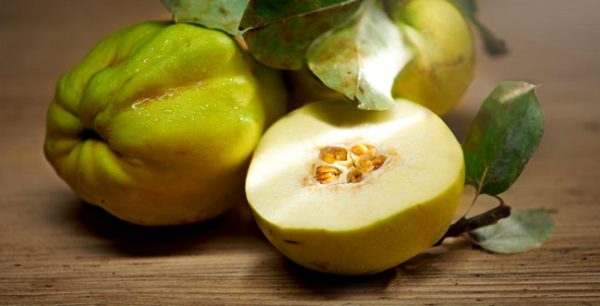
Young quinces are cut regularly. It is at this time that the crown of the tree is formed. Upon reaching six years, the number of scraps is reduced and carried out only when necessary.
- In the first year of growth, you need to trim the quince in order to form the upper tier of the main branches. The distance between them is seven kidneys. In one tier - five shoots. They should be directed in different directions, and the distance is about 12 cm. Also at this age, the second tier of the crown is formed near the tree. The distance between the first and second is about 40 cm.
- In the second year of life, the branches of the second tier are cut by 0.5 meters. The main task for the gardener is the molding of the third tier. Since this is the basis of an adult tree. All branches are cut by 0.5 meters.
Trimming tools
In order to produce high-quality pruning and not cause much damage to the Japanese quince, the equipment should be sharp, free from rust, and be in a clean and excellent condition.
For the cutting process itself, use:
- Secateurs. They cut branches with a diameter of 24 millimeters. Visually, this tool is similar to pliers. There is a pruner with two types of sharpening - on the one hand and on two. There are a lot of species. But they all have rubber handles that reduce the sliding of the tool in the hands.
- Knot cutting tool. He is with long arms. It copes with pruning thick branches (diameter up to 49 mm) and plants with thorns, spikes. This tool has large dimensions, but working with it is much more convenient than with a pruner.
- Hacksaw. It helps to get rid of dry branches of various sizes. The blade is carbon steel, the handle with a rubber base. The weight of the inventory should be light.
- Garden Saw. It is used for cutting live branches, since it does not leave chipping.
- Gardening scissors. The blades are slightly longer than metal shears. They are used in pruning small branches and bushes.
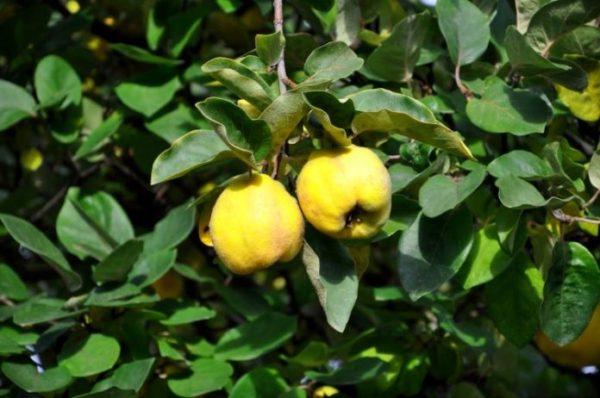
Ways to rejuvenate a tree
Due to constant pruning, the fruiting period of quince can be increased to fifty years. It is this process that leads to the rejuvenation of the tree. It happens as follows:
- Branches, which are three years old, are pruned.
- The shoots that were formed at the age of 4–7 years are removed.
- If deep pruning occurs. It is necessary to remove branches that were formed at the age of 10 to 12 years.
- The main thing is that Japanese quince rejuvenation occurs only if 2/3 of all branches are removed.
Japanese quince or Henomeles by nature endowed with unforgettable beauty, and the fruits are useful for human health. She can deserve a place of honor in any orchard. The first crop with proper care and care can be obtained already 3-4 years after landing in a new place. To grow a fruitful tree you need to follow all the rules. Then the productivity of the tree will be high, and the fruits will delight you with their unforgettable taste.

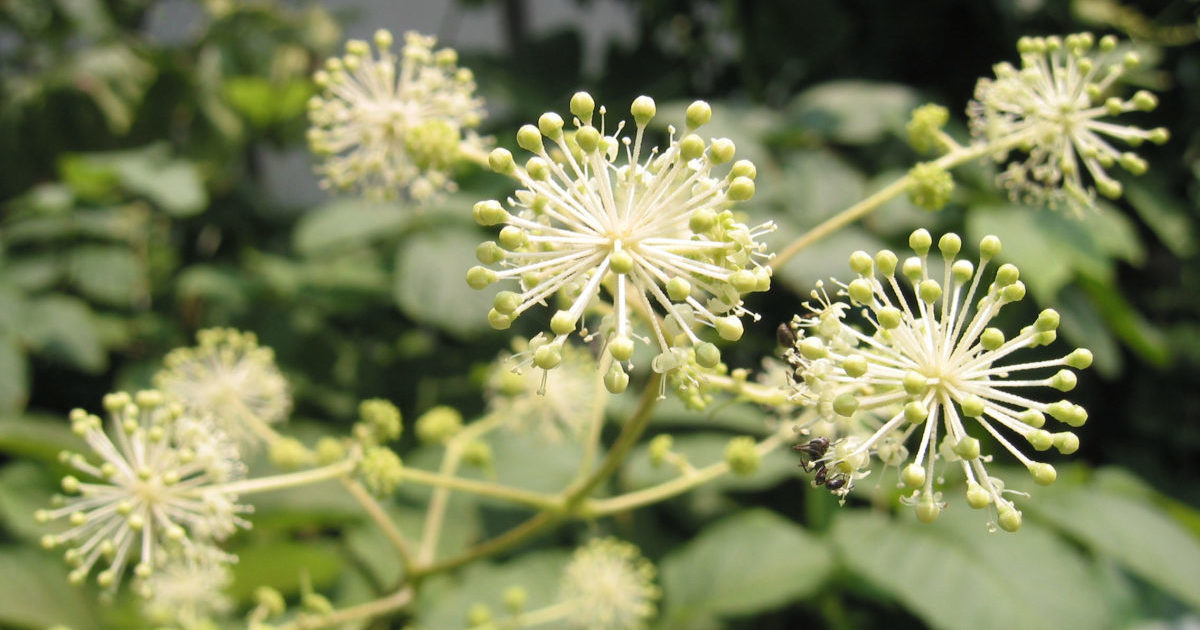 Aralia Manchurian - medicinal properties and contraindications, the use of tinctures in bodybuilding
Aralia Manchurian - medicinal properties and contraindications, the use of tinctures in bodybuilding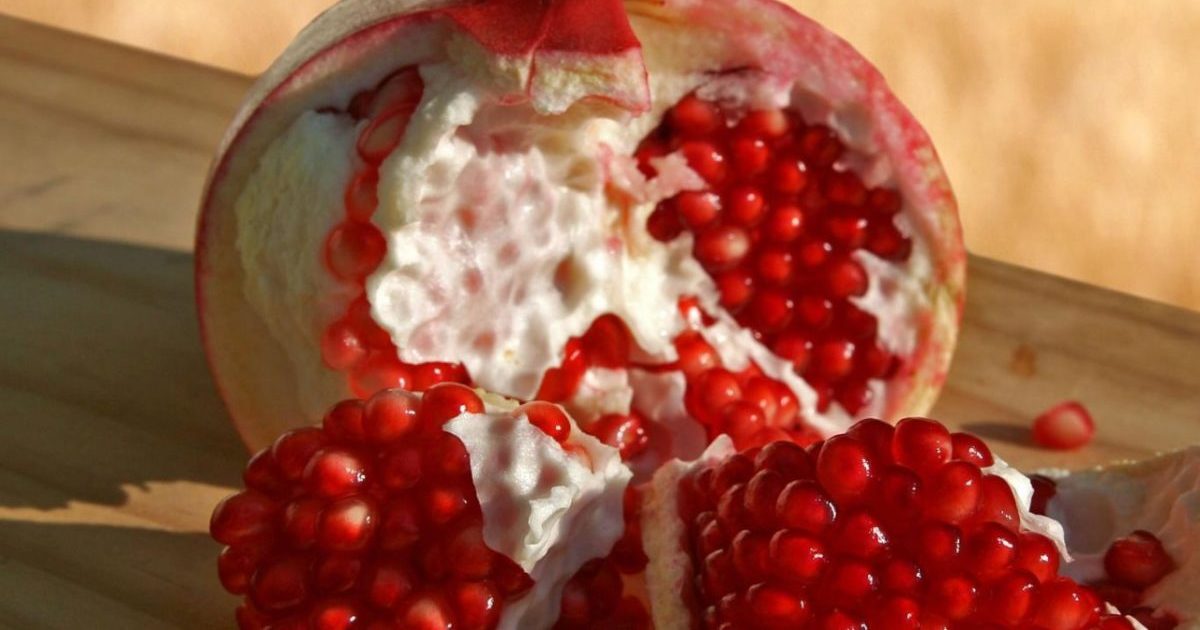 Seedless pomegranate - cutaway appearance, benefits and harms
Seedless pomegranate - cutaway appearance, benefits and harms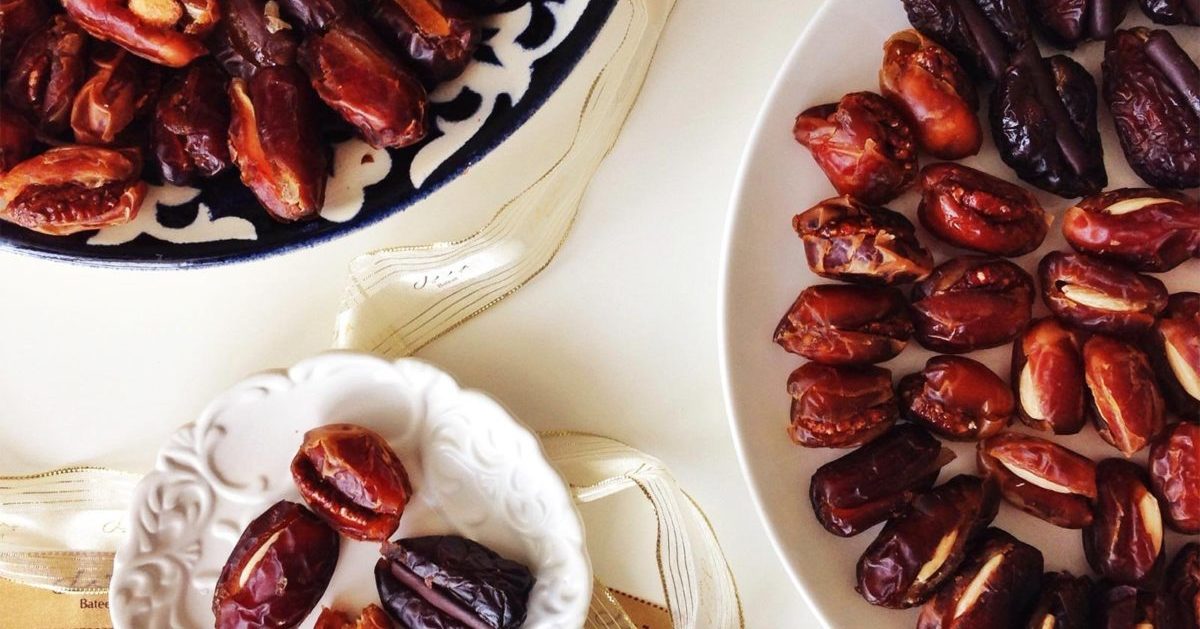 Dates - the benefits and harm to the body, how much you need to eat, properties and calorie content
Dates - the benefits and harm to the body, how much you need to eat, properties and calorie content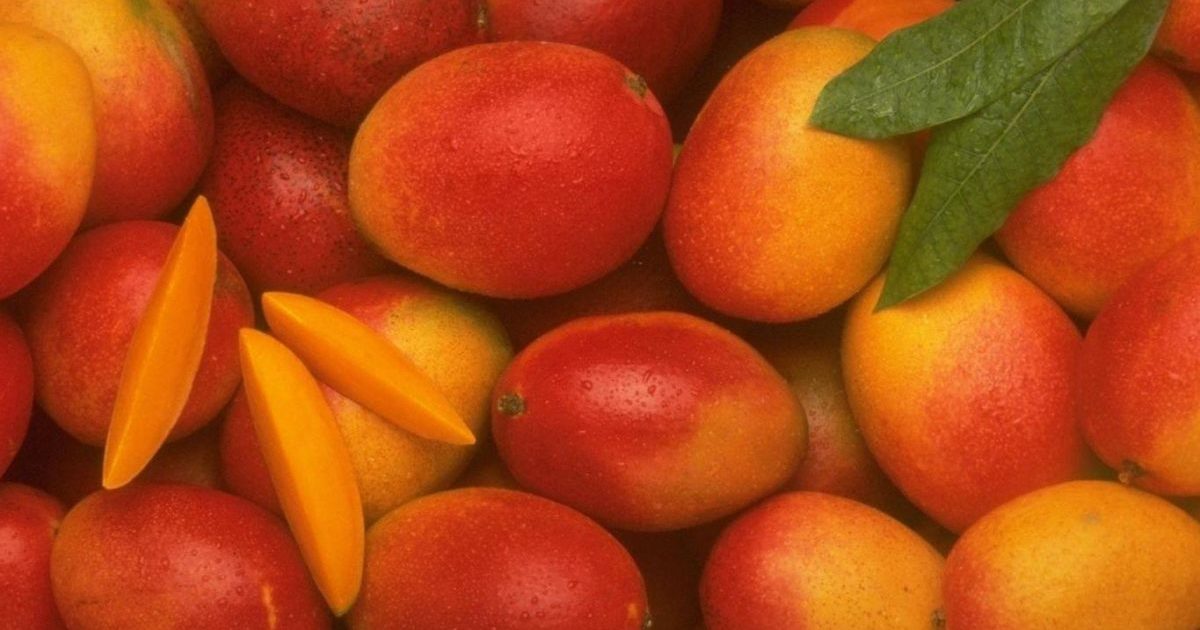 The benefits and harms of mango for the body of women and men - how to eat it?
The benefits and harms of mango for the body of women and men - how to eat it?